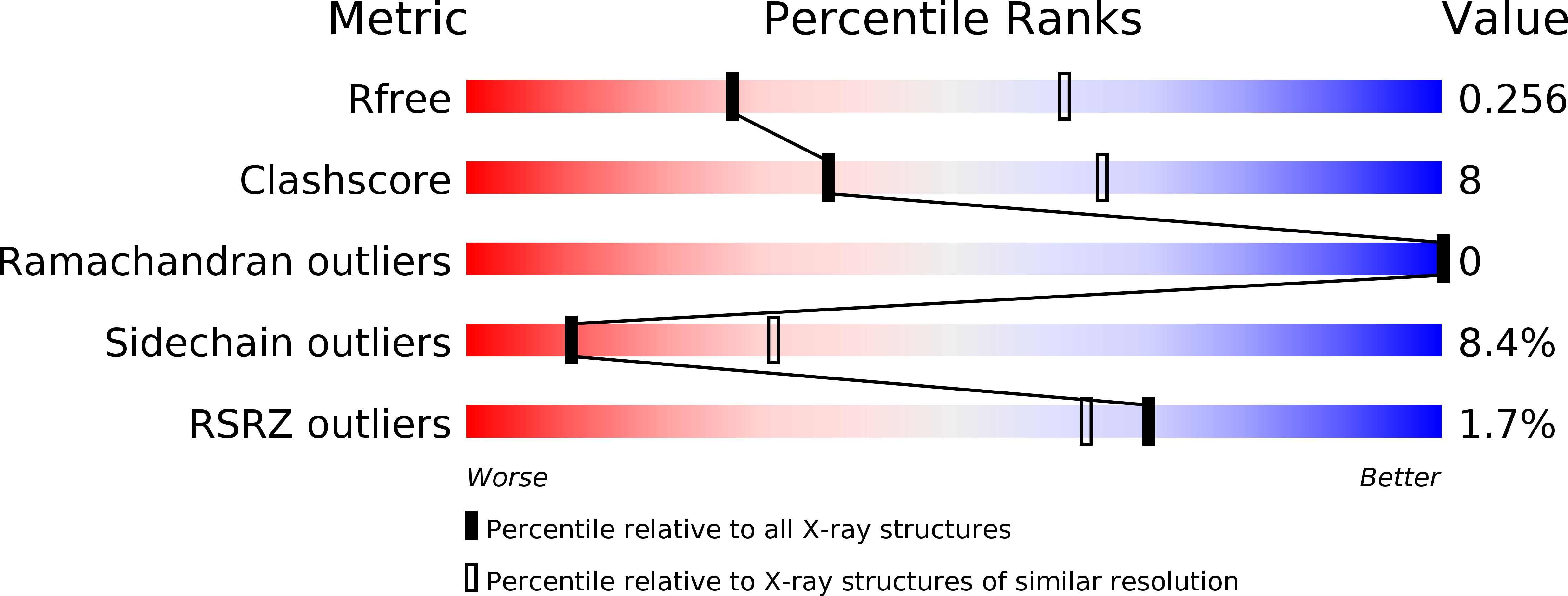
Deposition Date
2007-11-21
Release Date
2008-03-25
Last Version Date
2024-05-08
Entry Detail
PDB ID:
2VHH
Keywords:
Title:
Crystal structure of a pyrimidine degrading enzyme from Drosophila melanogaster
Biological Source:
Source Organism:
DROSOPHILA MELANOGASTER (Taxon ID: 7227)
Host Organism:
Method Details:
Experimental Method:
Resolution:
2.80 Å
R-Value Free:
0.25
R-Value Work:
0.21
R-Value Observed:
0.21
Space Group:
P 21 21 2


